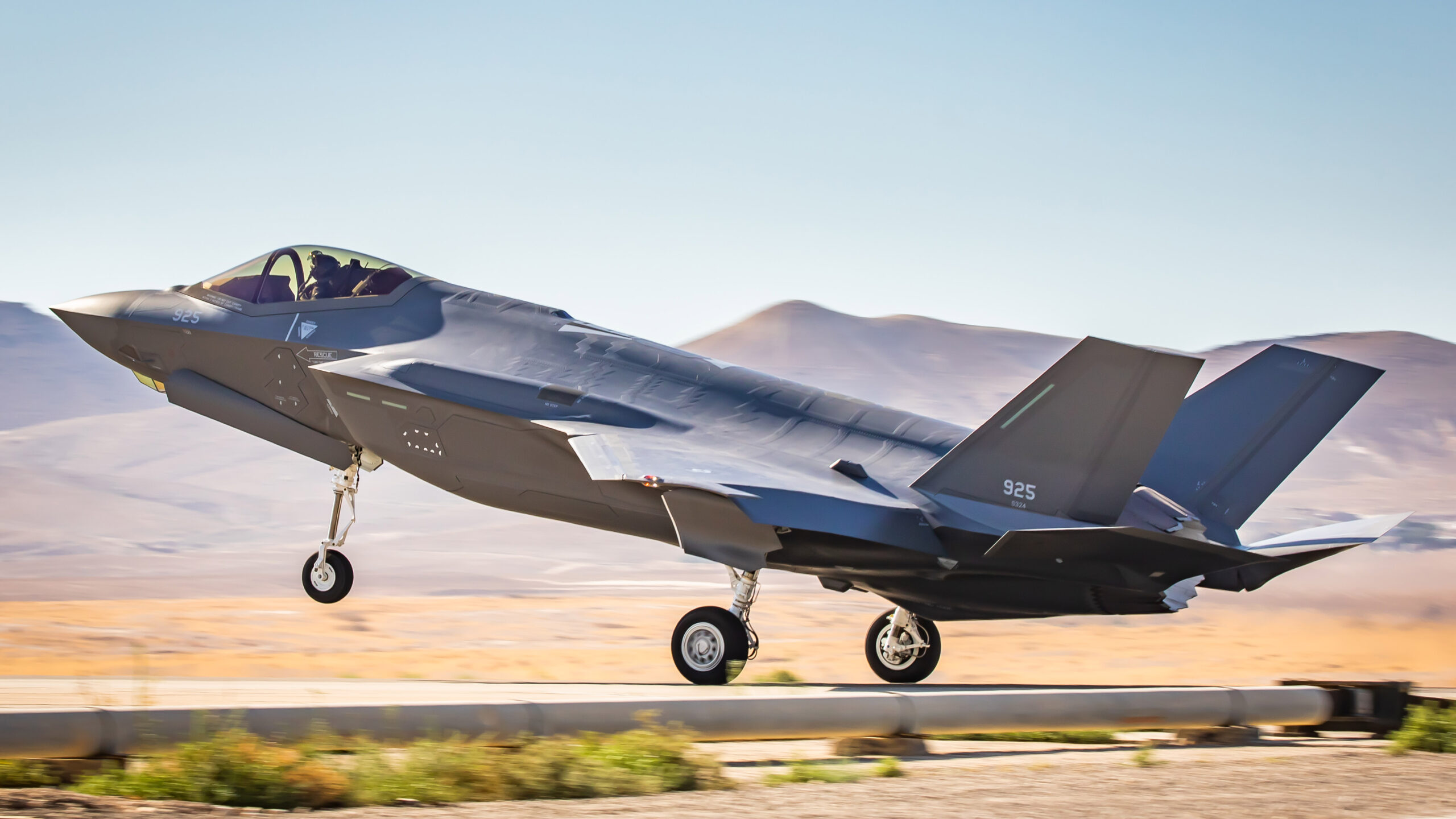Recent reports in the Israeli media claim that the country has developed a means of extending the range of its F-35I Adir stealth jets, allegedly providing them with enough reach to hit targets in Iran without needing aerial refueling. The development has been announced together with the integration of a new, locally developed smart bomb for internal carriage in the F-35. These apparent upgrades to the Israeli Air Force’s long-range strike capabilities come as the Israeli leadership announces a harder line against Tehran’s nuclear program, while the air force conducts exercises widely thought to be dress rehearsals for potential raids against Iran.
A report in the Jerusalem Post yesterday states that the IAF’s “new capability” involves being able to fly F-35s to strike targets deep in Iran without needing to be refueled by the service’s fleet of just seven Boeing 707 tankers. As well as removing the reliance on these aging tankers, an F-35 strike package that doesn’t require tanker support is in some ways more flexible and more survivable. Moreover, the survivability of traditional refueling jets in or near contested airspace is becoming a growing concern. As for the existing tankers, Israel is now seeking to accelerate their replacement by more modern KC-46s.
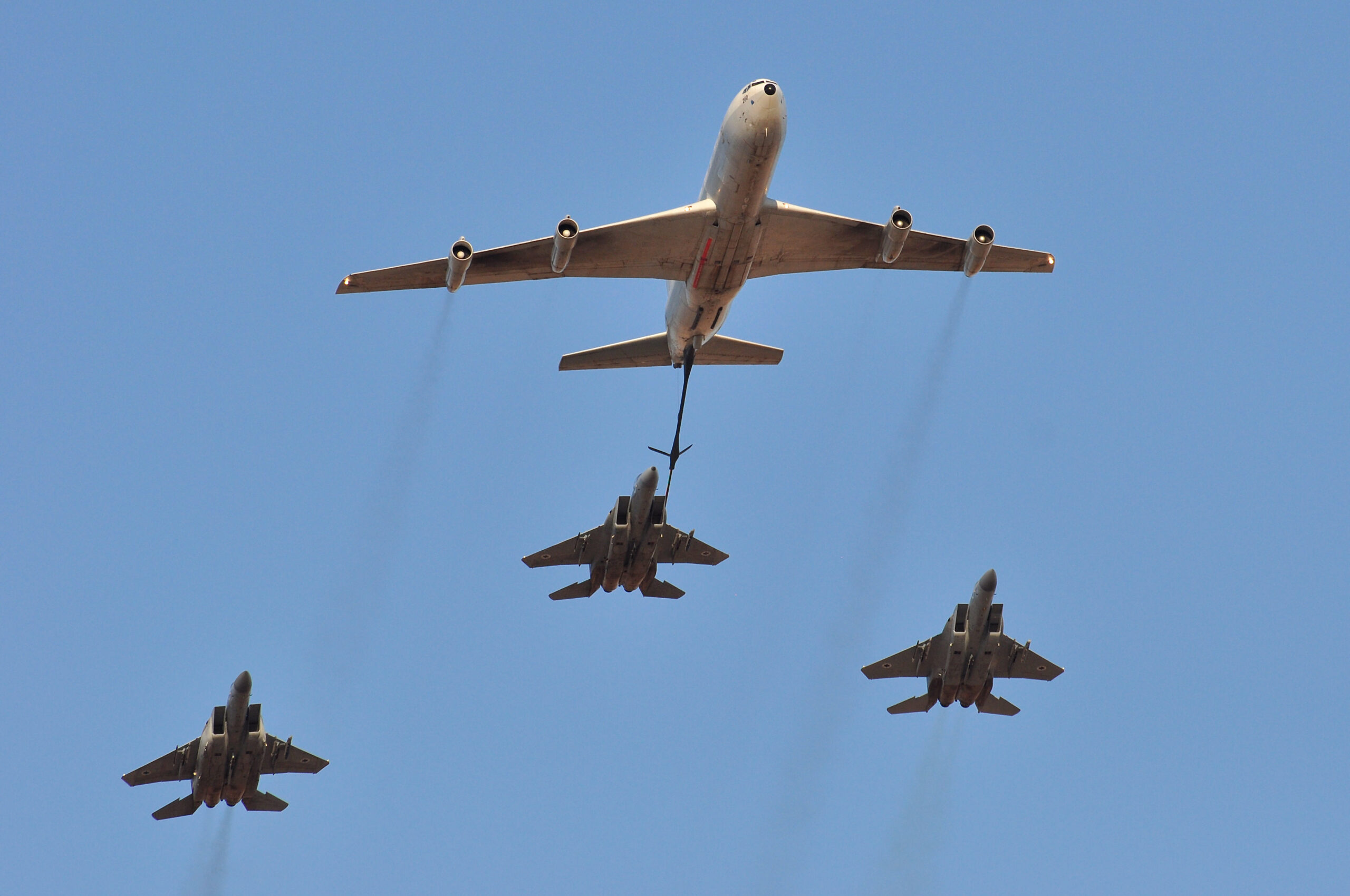
How the stealth jets have had their range increased is unclear, but it likely involves additional external fuel carried in drop tanks. While these would significantly increase radar signature, it’s possible they could be jettisoned together with their pylons before entering Iranian airspace, were they to be used for such a mission. Another option is some kind of conformal, flush-mounted fuel tank — which could have a reduced impact on stealth and overall performance — but could also involve significant shape change and possibly alterations to the airframe. Integrating and clearing tanks of this kind for operational service would be a complex and potentially very lengthy process as it disrupts the highly quantified low-observable moldline of the aircraft. This data is key to the aircraft’s survivability.
The idea of integrating external fuel tanks on the Joint Strike Fighter is not new. Back in 2019, The War Zone reported on how Lockheed Martin was looking at adding two 600-gallon drop tanks under the F-35’s wings as part of a larger range-extension study. Again, this would have a considerable effect on its stealth characteristics but would increase total fuel capacity by around 40 percent. Prior to that, studies had looked at adding smaller 480- and 460-gallon tanks.
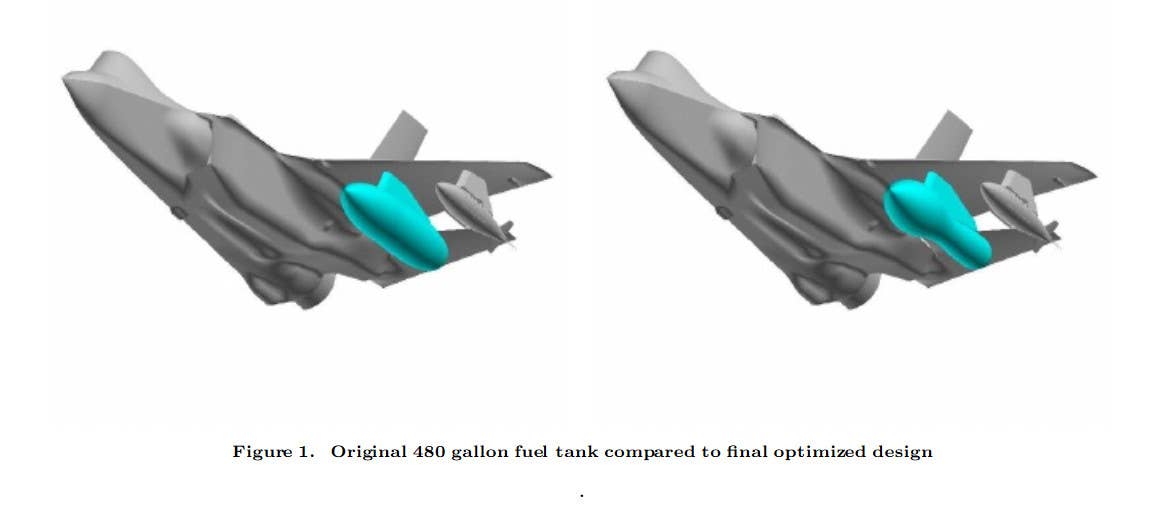
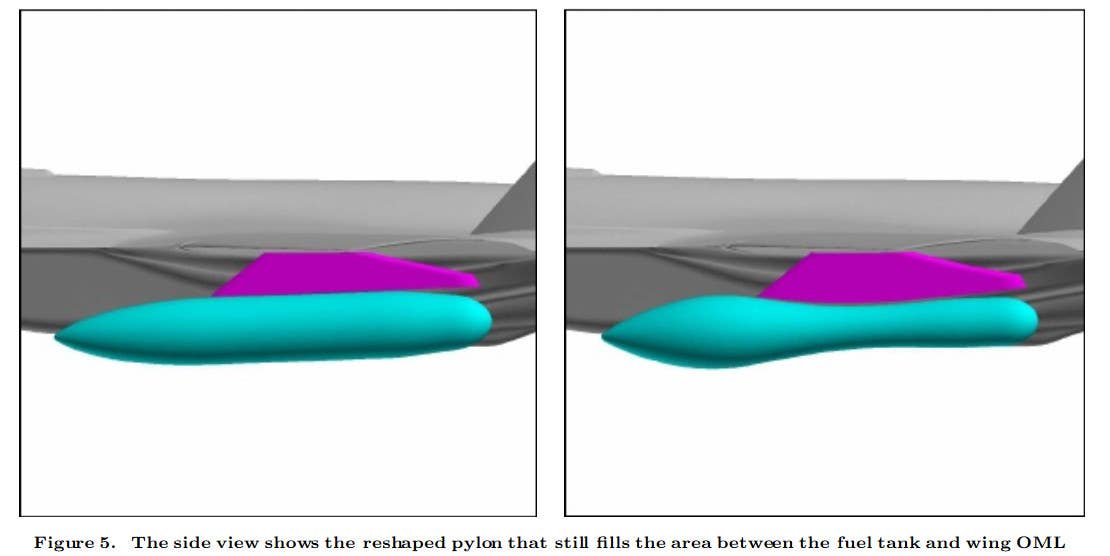
As we noted at the time, the aircraft’s inboard stores hardpoints are still plumbed for the carriage of external fuel tanks, suggesting that introducing this capability, including on the Israeli-specific F-35I variant, might not be too onerous.
“We have had early discussions with various F-35 customers regarding extended-range opportunities,” a Lockheed Martin spokesperson told Aviation Week at the time. “While exact ranges depend on mission profiles, our studies show a significant increase in both range and loiter time — or mission persistence.”
The basic F-35A, and likely the F-35I, currently has a publicly stated unrefueled combat radius of just over 650 nautical miles. That means the IAF’s jets are unlikely able to reach much beyond Iran’s border and that’s providing they were able to ingress using the most direct routes.
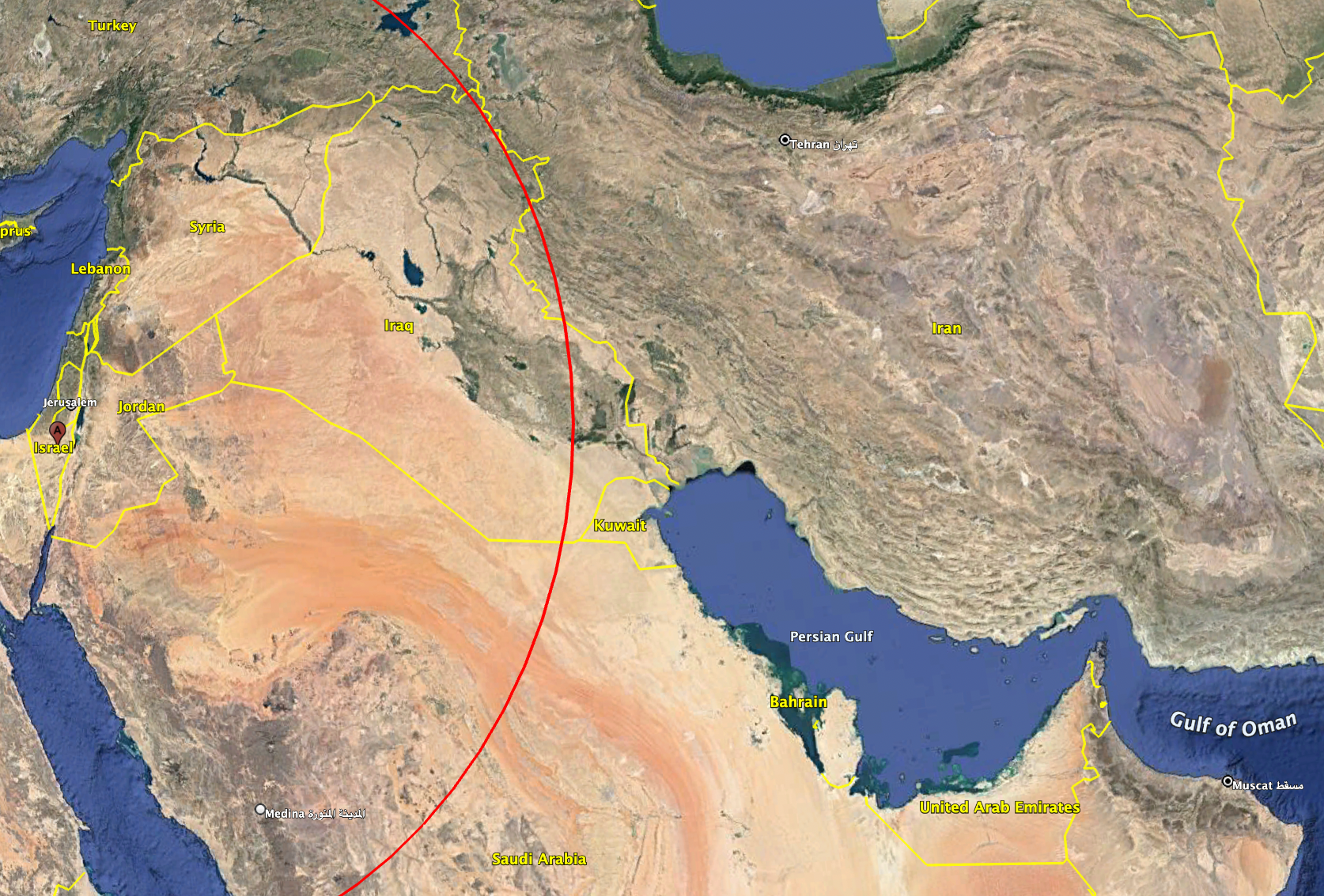
Notably, Israeli interest has long been an important driver of Lockheed Martin’s F-35 range-extension effort. With Israeli firms previously involved in the development of potential drop tank options for the F-35, as well as conformal fuel tanks, it’s also possible that at least some of this work could have been carried out without relying upon Lockheed Martin.
Between them, Israeli Aerospace Industries (IAI) and Cyclone, a subsidiary of Israeli firm Elbit Systems, have worked on both a conformal tank design for the F-35I and the 600-gallon drop tank, according to Aviation Week. Either of these or something similar could now be part of the IAF’s concept of operations.
Interestingly, proposed upgrades for the U.S. Air Force’s F-22 fleet also include ”low-drag tanks and pylons,” a concept that may well have something in common with the solution adopted by the IAF for its F-35s. This would allow the tanks to be dropped along with the pylon using fittings that have very little impact on the aircraft’s radar cross-section.
Closer still, perhaps, is the U.S. Marine Corps’ proposal under the Marine Air Plan 2022 that suggests development of external tanks for the F-35B variant (and perhaps also the F-35C too). Such an initiative could have much in common with the tanks developed for Israeli use.
There was also a cryptic announcement that Lockheed Martin was working with a foreign buyer to develop a modification of the F-35 to the tune of tens of millions of dollars in engineering support work. It’s possible this was an F-35A with a refueling probe for Canada, but an IAF fuel-carriage enhancement was also possible. You can read more about this here.
Finally, tweaks to the F-35I’s powerplant and even its software may be part of this range extension initiative.
As well as the range extension, the Jerusalem Post also references the Israeli F-35’s new ability to employ a “one-ton bomb,” which implies a weapon weighing around 1,000 kilograms or just over 2,200 pounds. That would put it in the broadly same class as the U.S.-made GBU-24 Paveway laser-guided bomb or the GBU-31 Joint Direct Attack Munition. Like the GBU-31, the new Israeli weapon, developed by Rafael Advanced Weapons Systems, can be carried internally in the F-35 without impacting the aircraft’s radar signature.
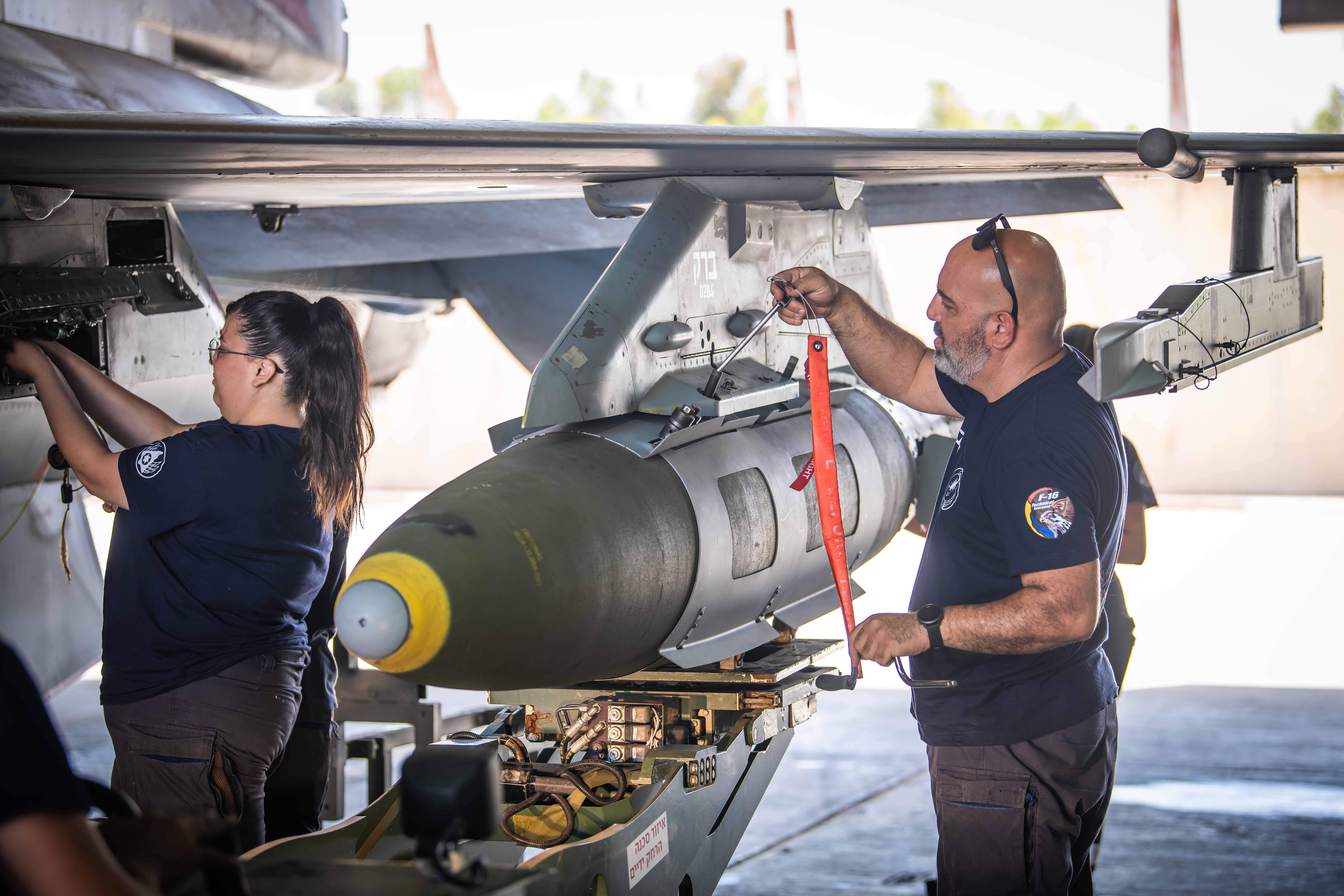
The new weapon, said to be “recently integrated” on the F-35, is described by the newspaper as being “autonomous and protected against jamming and electronic warfare systems.” It is, however, unclear what kind of guidance is used and whether it offers standoff range. The report also mentions recent tests of the weapon by the IAF, the results of which were shared with Israeli Minister of Defense Benny Gantz.
Weaponry planned specifically for the Israeli F-35 fleet is expected to include the Rafael SPICE precision-guided bomb, but may eventually include air-to-air missiles and other weapons, too. It is possible that the new weapon referred to is a version of the 2,000-pound SPICE 2000 tailored for internal carriage.
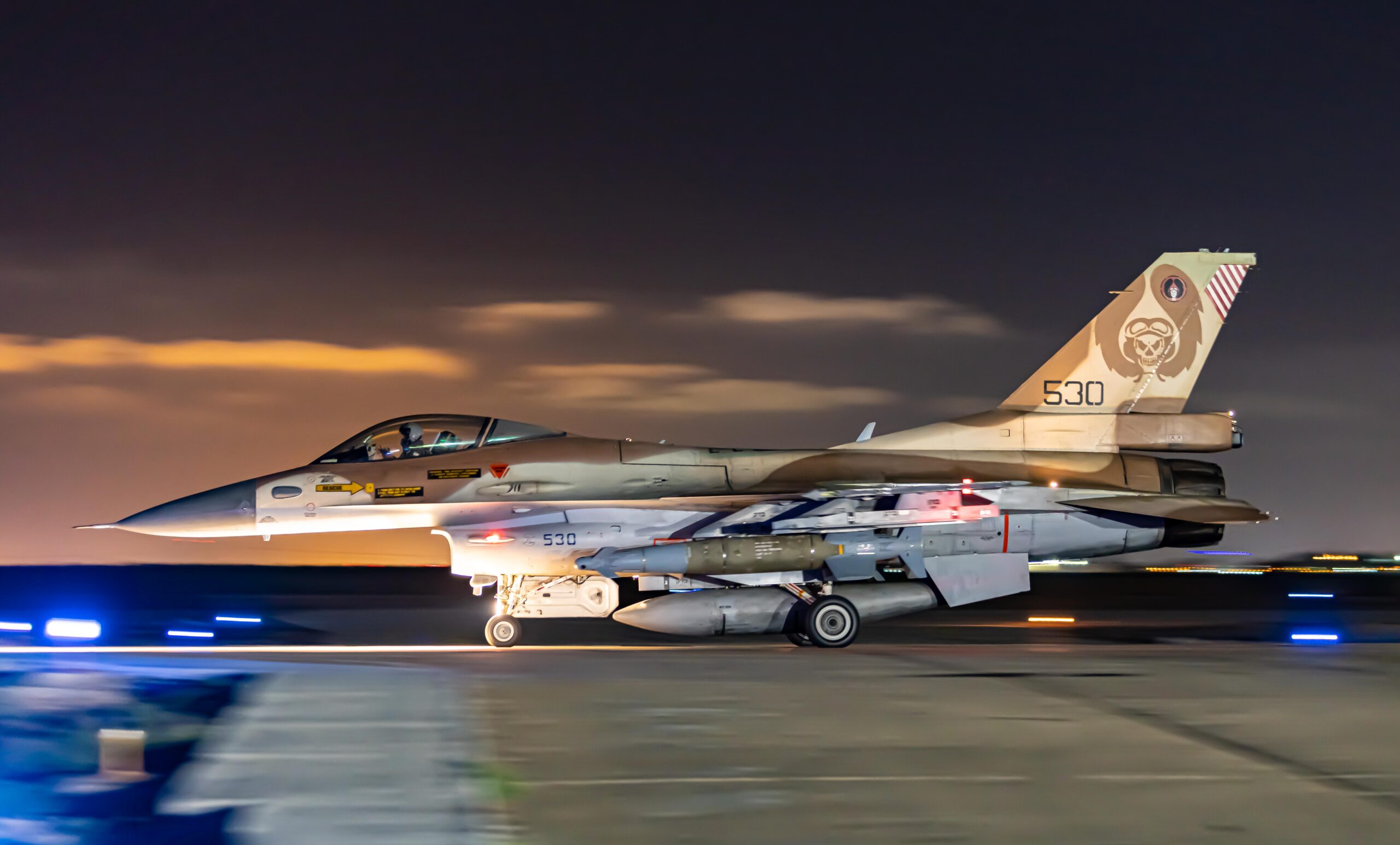
Israel has repeatedly shown a willingness to expose its F-35 fleet to combat operations. Israel announced in May 2018 that it had become the first operator to use the jet on offensive operations and, since then, it has also recorded success in aerial combat against Iranian drones.

As for the ability to add new capabilities to its F-35I variant, this has been aided by the provision of a uniquely outfitted test variant of the stealth fighter, which arrived in the country in 2020. The one-off version of the jet is charged with putting Israel-specific equipment through its paces, including weapons trials, avionics integration, and airframe modification and testing. As such, this aircraft would likely have played an important role in both the range-extension modifications and clearance of the new weapon from Rafael.
As well as its own bespoke test jet, Israel also has special arrangements with Lockheed Martin to make independent changes and additions to the underlying mission software in the F-35I and to operate the aircraft without having to rely on the Autonomic Logistics Information System (ALIS). This should also make the process of adding new fuel tanks and weapons considerably easier.
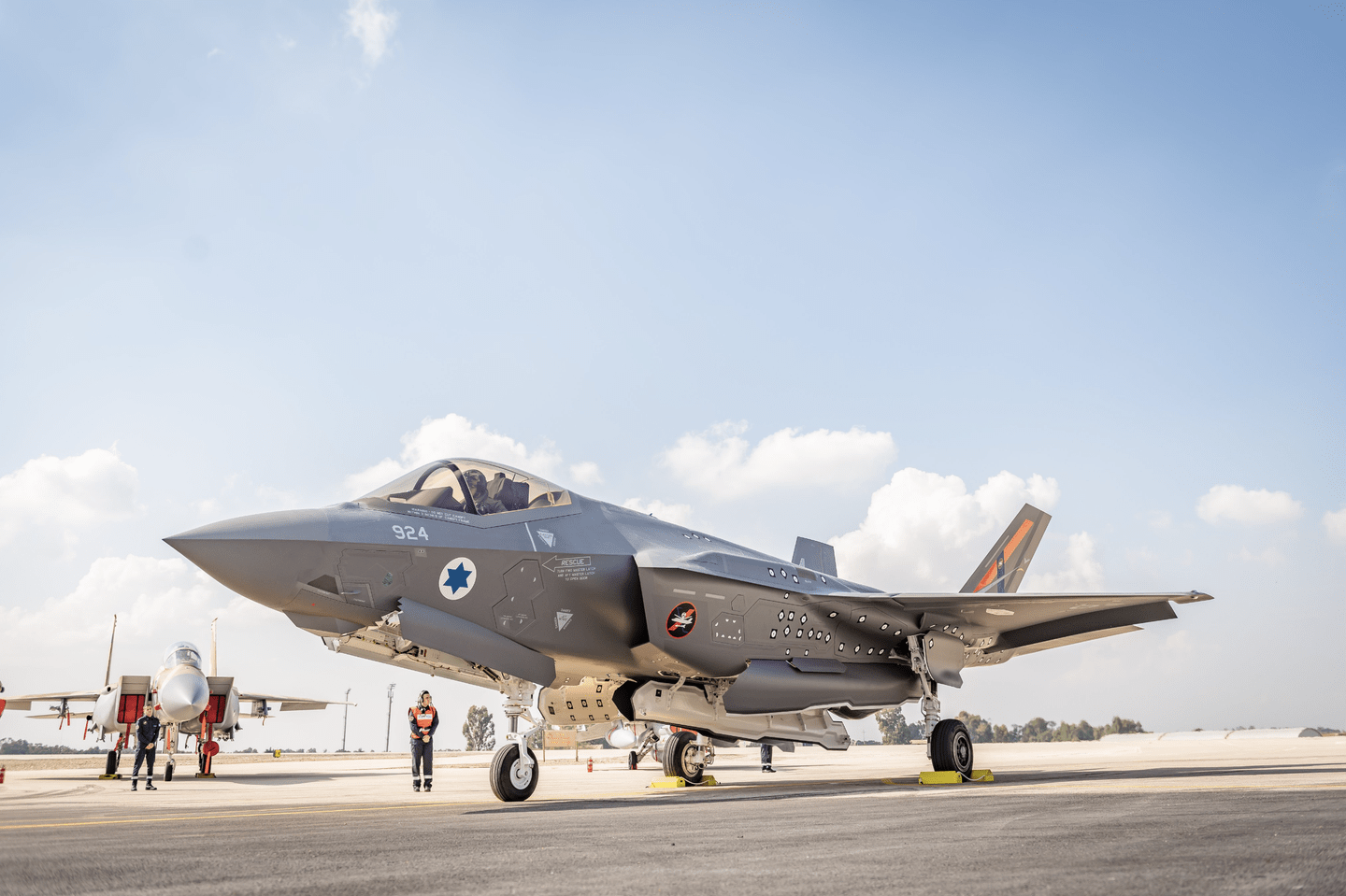
Taken together, the long-range F-35 and the new internally carried precision weapon are heralded by the Jerusalem Post as “dramatic upgrades to military plans to attack Iran.”
The plans, however, also seem to have been put to the test on a practical level of late, with the IAF reportedly carrying out no fewer than four large-scale drills simulating attacks against Iran over the last month.
According to the newspaper, the first of these exercises, known collectively as Chariots of Fire, focused on defeating Iranian radar and other elements of its integrated air defense network. Here, in particular, the F-35I would play an important wartime role, aided by its extensive sensor suite, networking capability, and not least its stealth capabilities.
The second exercise reportedly saw the IAF undertake long-range missions, of the type that would be required to hit critical infrastructure, including nuclear facilities, deep within Iran. It may well have been these maneuvers that led to erroneous reports that U.S. Air Force tankers were supporting IAF aircraft over the Mediterranean, which you can read more about here.
Other capabilities that were tested apparently included defenses against Iranian electronic warfare systems and cyber weapons, reflecting the fact that Israel expects to face a range of threats beyond conventional air defenses, should it attempt to launch airstrikes against the country.
An unnamed Israeli defense official also told the Jerusalem Post that a potential operation launched against Iran’s nuclear capabilities would involve “multiple targets … at different ranges.”
As well as long-range F-35 missions, the Chariots of Fire maneuvers involved fourth-generation F-15 and F-16 fighter jets, both of which have been widely used in recent IAF combat operations. Indeed, the latest developments with the F-35I suggest that the IAF is now keen for these jets to embark on the same kinds of long-range strikes that are currently the preserve of the non-stealthy F-15I, in particular. It could also have an impact on possible plans to acquire more Advanced Eagles.
The backdrop to this renewed focus on targeting Iran, and in particular its nuclear capability, includes a series of statements from Israeli officials suggesting that they are now taking a harder line on Tehran.
Speaking earlier this week, Israeli Prime Minister Naftali Bennett reflected on changes to policy as regards Iran, which he described as an “octopus of terror and instability.”
Bennett said that the Israel Defense Forces is now “acting against the head… and not just its arms, as we had in recent years.” In this metaphor, the head of the octopus refers to the leadership in Tehran. It’s not clear, however, if the prime minister was alluding to ongoing efforts to destabilize the Iranian regime, planning for potential future operations, or a combination of both.

Israel’s concerns have been driven by Iran’s move toward increasingly enriched uranium, required for building functional nuclear weapons.
Raising the possibility of Iran succeeding in enriching uranium beyond 60% purity, Bennett added that “Israel cannot and will not accept this situation.” A purity of around 90% is needed for weapons-grade uranium.
At the same time, Tehran seems intent on making the job of U.N. inspectors more difficult by removing a total of 27 cameras that have been used to monitor its nuclear activity. The U.N. has warned that this move could deal a potentially “fatal blow” to efforts to revive a nuclear deal with Iran. Meanwhile, according to German intelligence sources, Iran also seems to be stepping up its efforts to acquire technology to help its illicit nuclear program.
The level of secrecy that surrounds the Israeli military and, in particular, locally developed weapons and capabilities, means that it may well be some time before we learn more about the F-35I’s new weapon and the modifications that have apparently been made to extend the stealth jet’s range. However, with tensions involving Iran’s nuclear program rumbling on, and the F-35 becoming more established within the IAF, the stealth jet’s importance to the service, and especially its ability to launch long-range strikes, is only going to grow.
Contact the author: thomas@thedrive.com
